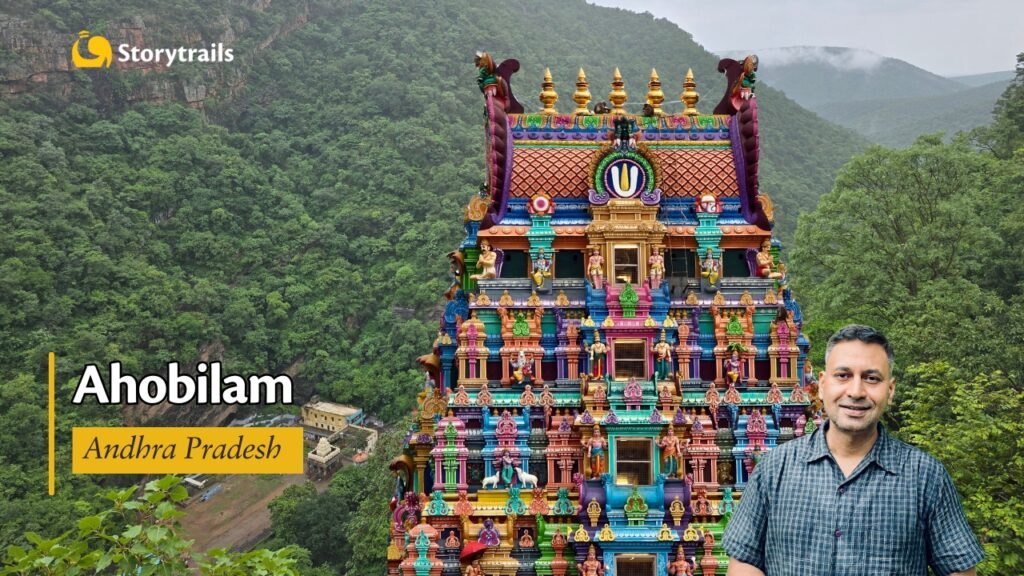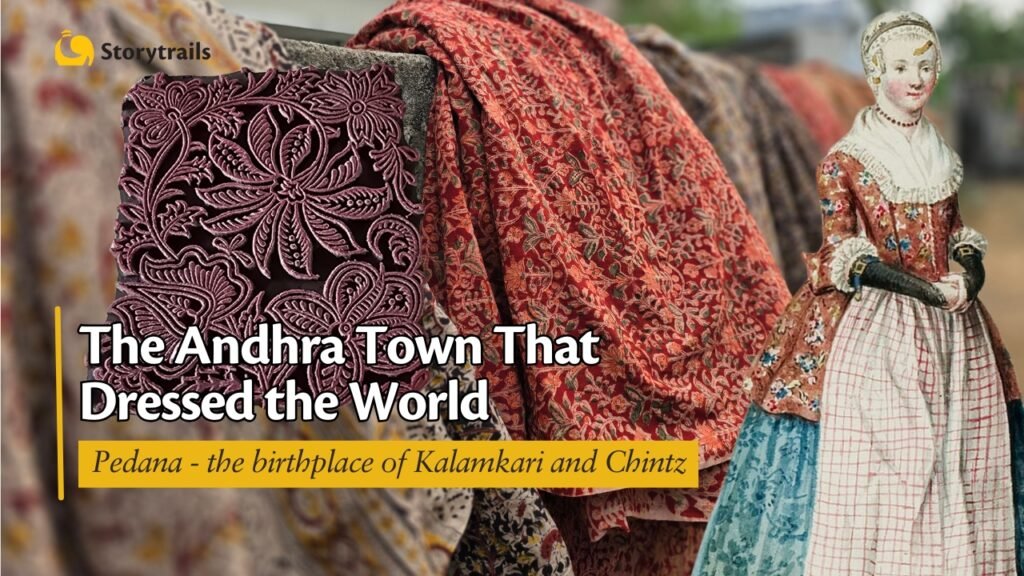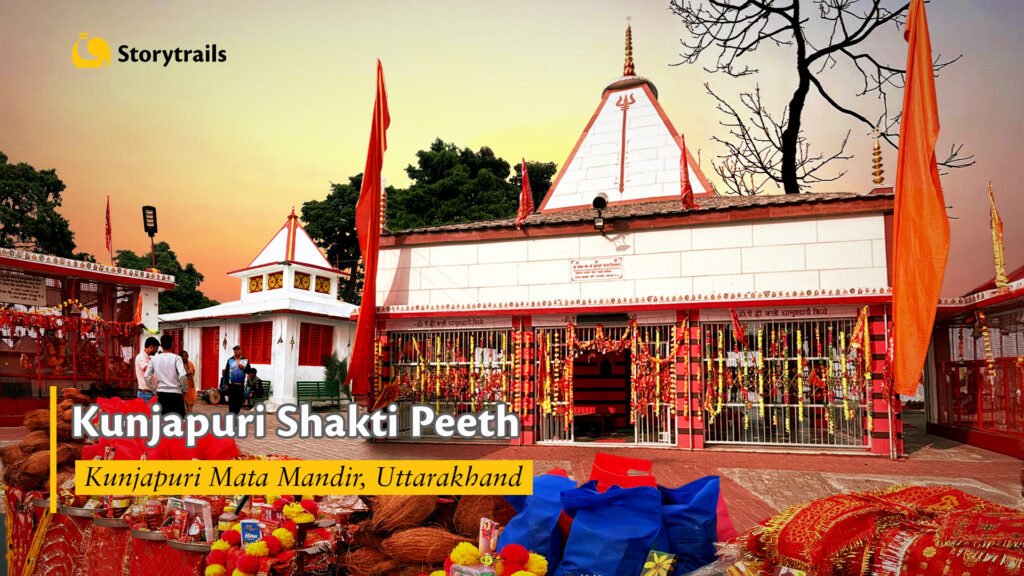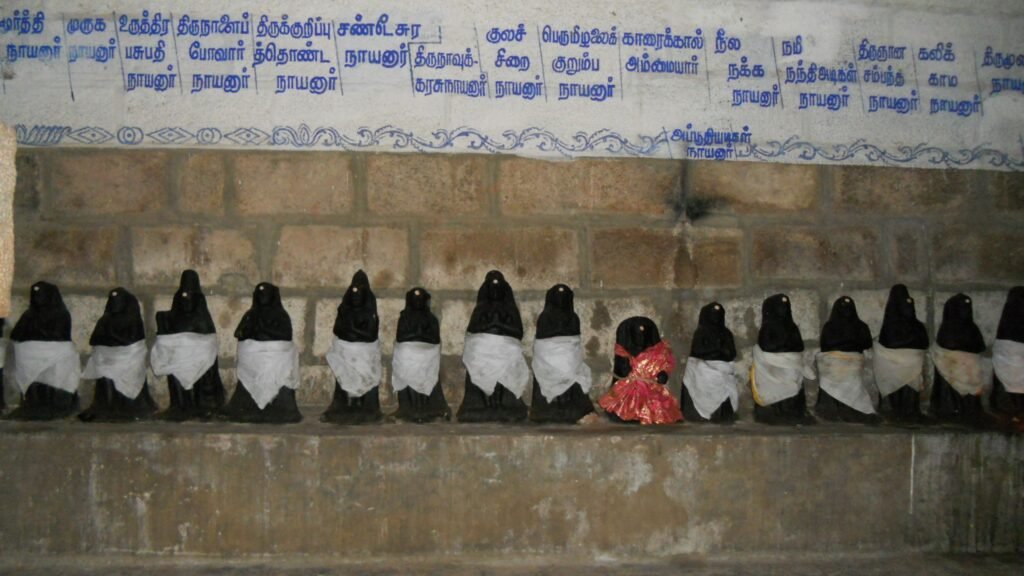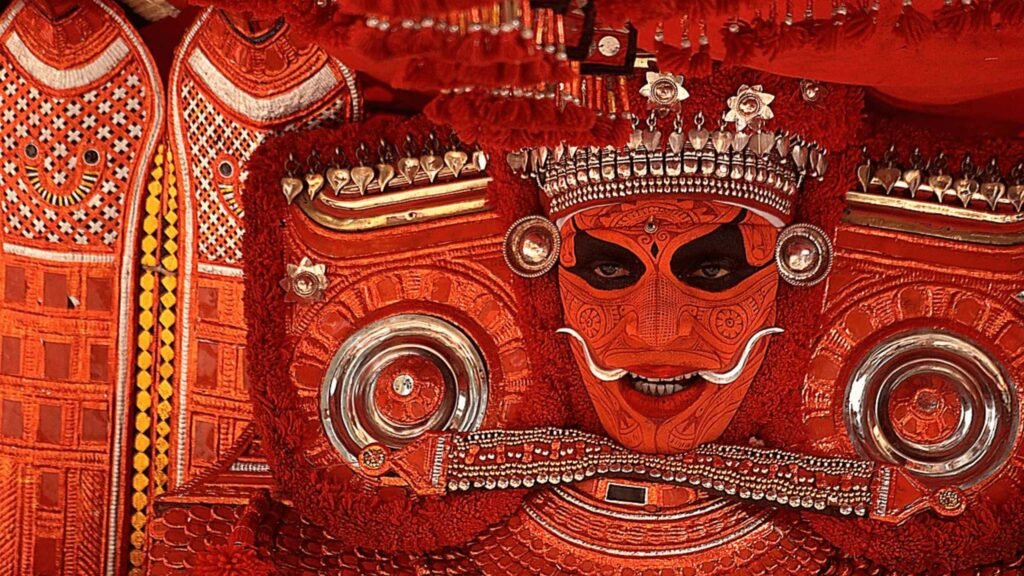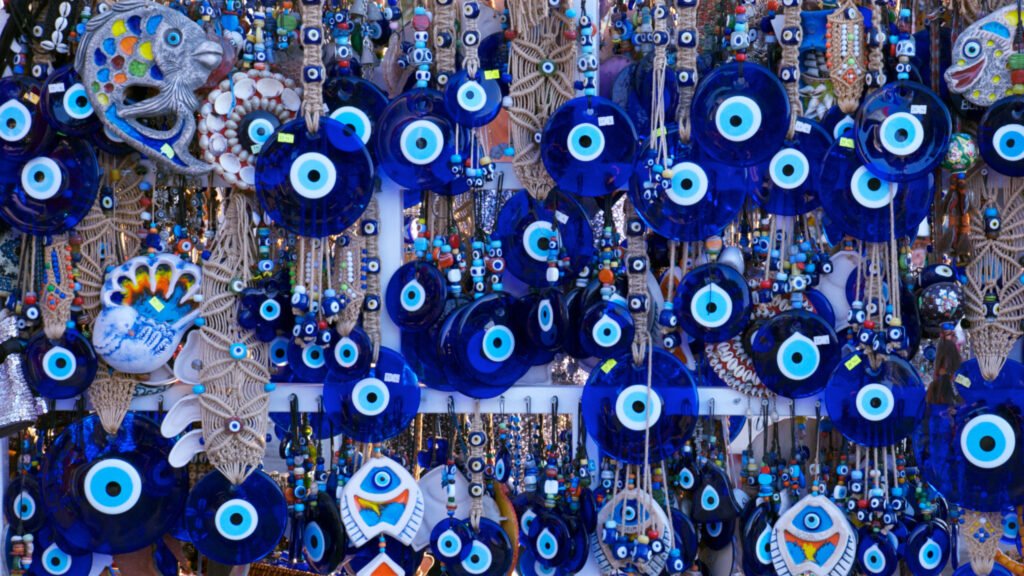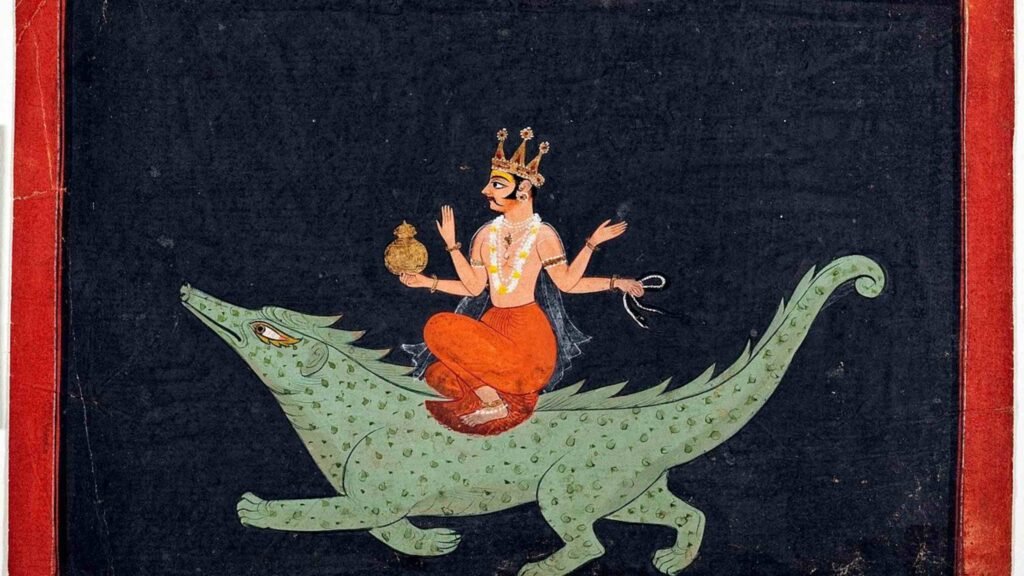Deep in southern India, in the villages of Tamil Nadu and Karnataka, there is an ancient tradition of worshipping the goddess Mariamman. According to scholars, the cult of Mariamman pre-dates the Vedic gods, which means that it is probably over 4000 years old. In the pre-Vedic times, when Hinduism was not yet the expansive religion it is today, villagers in south India worshipped local deities. Each village had its non-transferable, “our-very-own” god who understood local concerns and provided them with specific kinds of relief. Perhaps this is how the worship of Mariamman evolved.
Who is Goddess Mariamman?
What would have worried an agrarian village most? Too little rain. Or too much of it. Either of them could ruin the harvest and starve the village. Therefore, what they needed most was a Rain Regulator. Mariamman was exactly this, and much more. Mari in pure Tamil is ‘rain’ and Amman is ‘mother goddess’. Thus, the earliest and most venerated god of the villagers was the Mother Goddess of Rain. As time passed by, people wanted more from their deity. The Goddess of Rain’s blessing of fertility included human fertility too. Pregnant women offer glass bangles to Mariamman as a prayer for safe childbirth, even to this day. Another everyday concern for these ancient people was the outbreak of disease. Villagers were fearful of contracting highly contagious diseases like smallpox, chickenpox and measles (this class of diseases was called Ammai in Tamil). And so people prayed to Mariamman for immunity from such diseases.
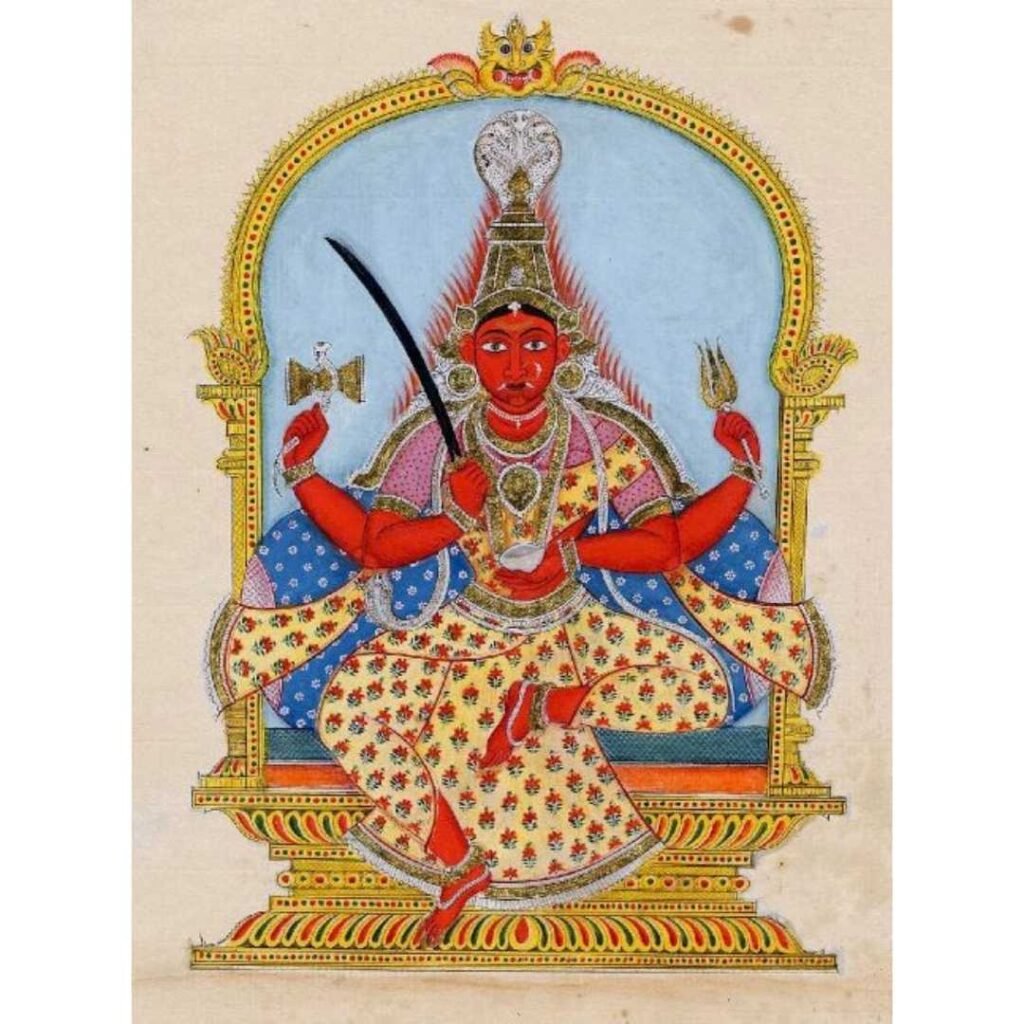
For an ancient goddess, Mariamman is quite egalitarian. Her temples do not necessarily need a Brahmin priest to officiate — though some of the bigger Mariamman temples now have Brahmin priests; many of them even have priestesses officiating during worship. There is some evidence in Sangam literature (Tamil literature produced between 6th century BCE and 3rd century CE) that the big Mariamman temple at Madurai was presided over by a high priestess.
Gradually, Mariamman came to be worshipped in other forms like Pidari, Katteri Amman, Draupadi Amman and so on. Essentially, the goddess was worshipped for protection from disease, especially the pox variety. Mariamman took root all over Tamil Nadu as the Gramadevata (“village goddess”) or Kaaval Deivam (“protecting deity”). But the Tamil people are not the only ones who worship the Mother Goddess. Sheetala (or Sitala) worship in North India and Maisamma worship in Karnataka, Maharashtra and Telangana address the same concerns.
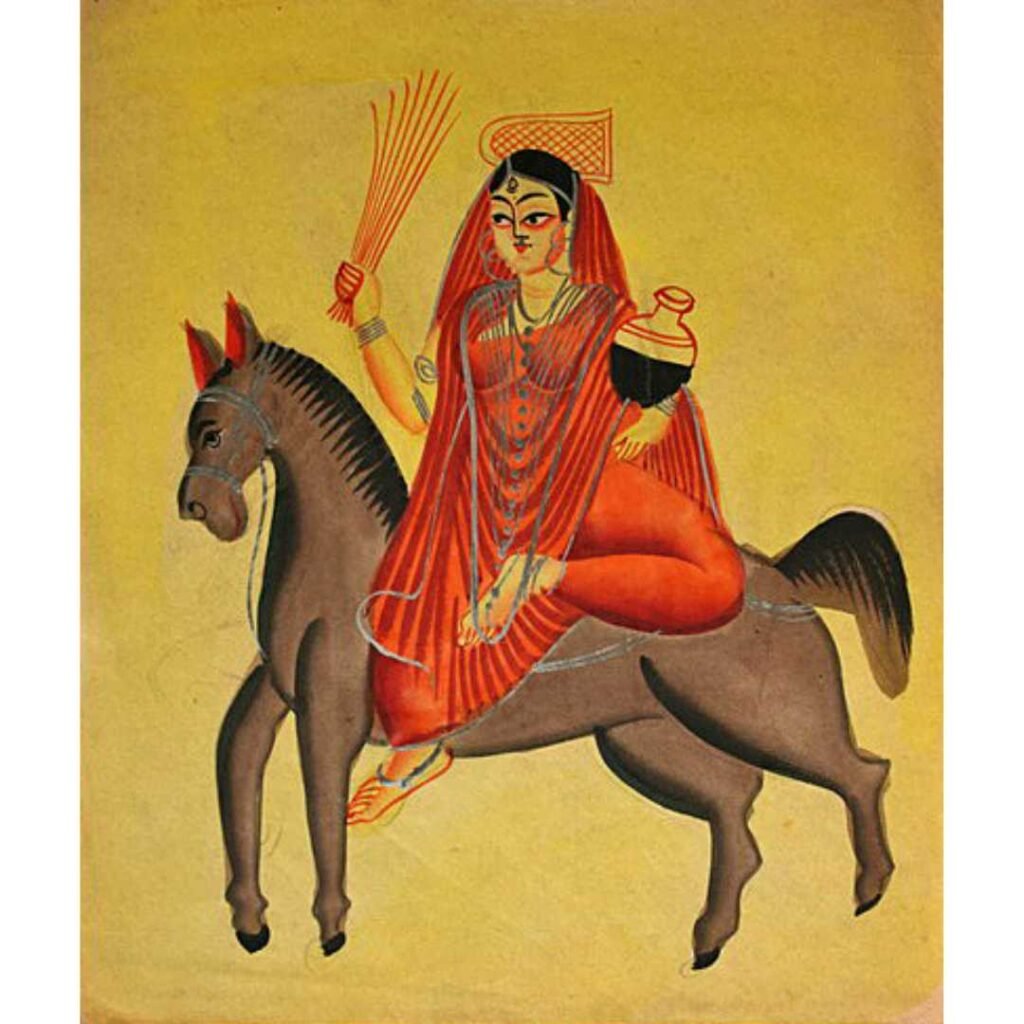
Detour: The gods did answer the prayers of the villagers! Read the story of how doctors from WHO helped India eradicate smallpox.
When Vedic Hinduism evolved, the Mariamman cult easily adapted itself. Today, Mariamman is considered another manifestation of Parvati and Durga of the Vedic Hindu pantheon by some. In some traditions, she is the sister of Lord Vishnu. There is also an interesting story related to her in the Mahabharata. In this story, Draupadi was really a manifestation of Goddess Kali, but she chose to live the life of an ordinary mortal, as the wife of the five Pandava princes. The secret was known to no one, except Krishna himself. By day she was an ordinary woman, but at night she used to travel to certain villages in Tamil Nadu and protect them.
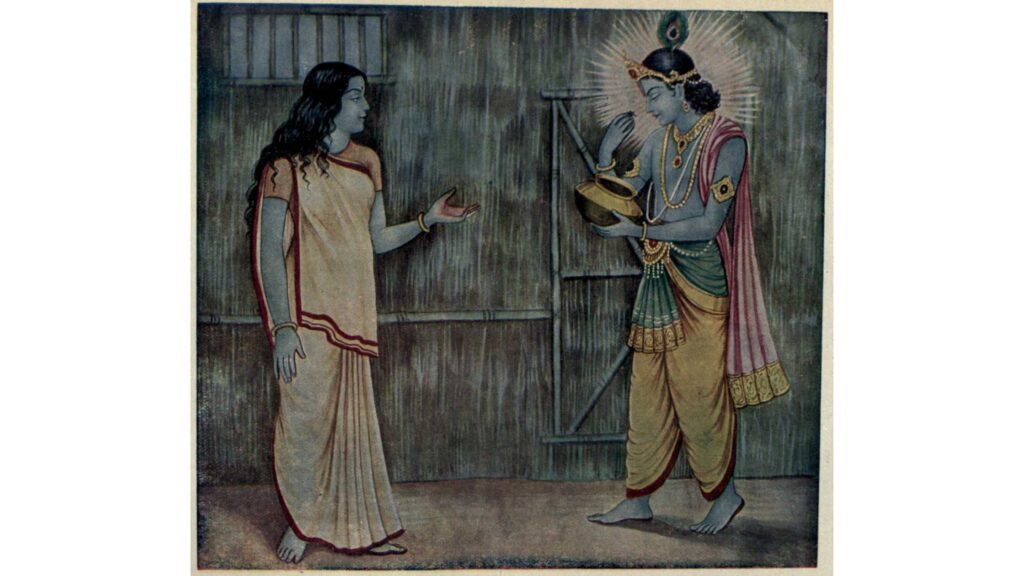
When the Tamil diaspora settled in other parts of the world, Mariamman travelled along with them. Naturally. After all, she had to provide protection to those who had adored her for millennia. That is why we have Mariamman temples in Fiji, Indonesia, Sri Lanka, Malaysia, Mauritius, Myanmar, Singapore, South Africa, Thailand and Vietnam. Indeed, Mariamman is the village goddess who went international.
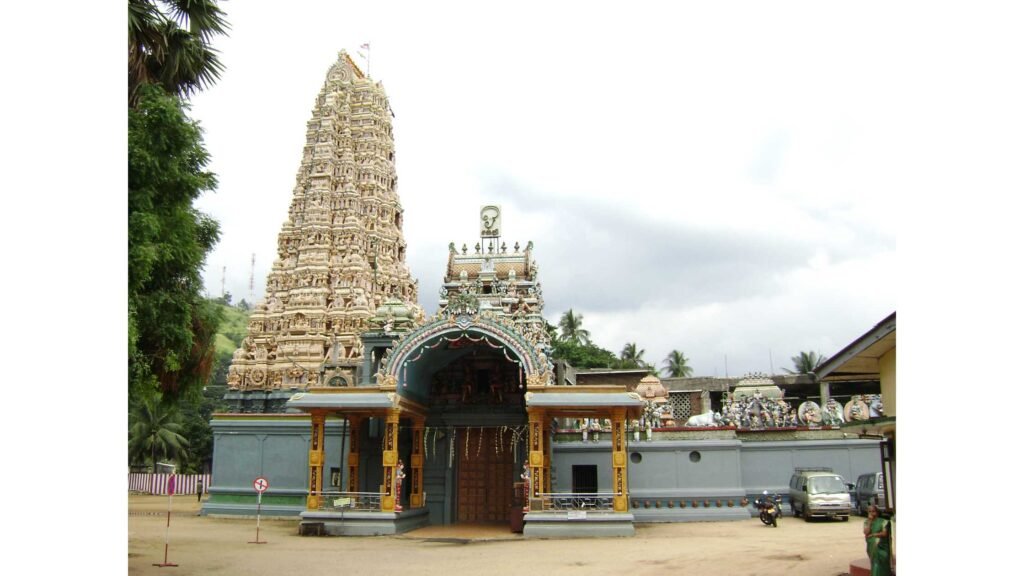
South India is replete with many village gods – like Karuppusamy, Ayyanar, Isakki, Kaathavarayan and more. There is more about them in this short video:
